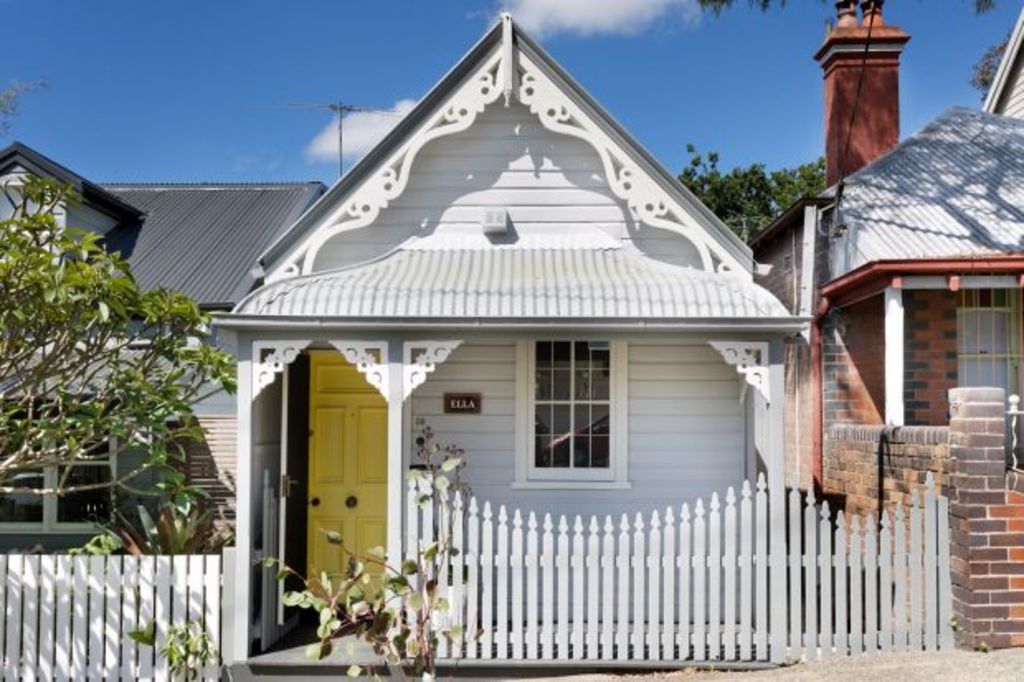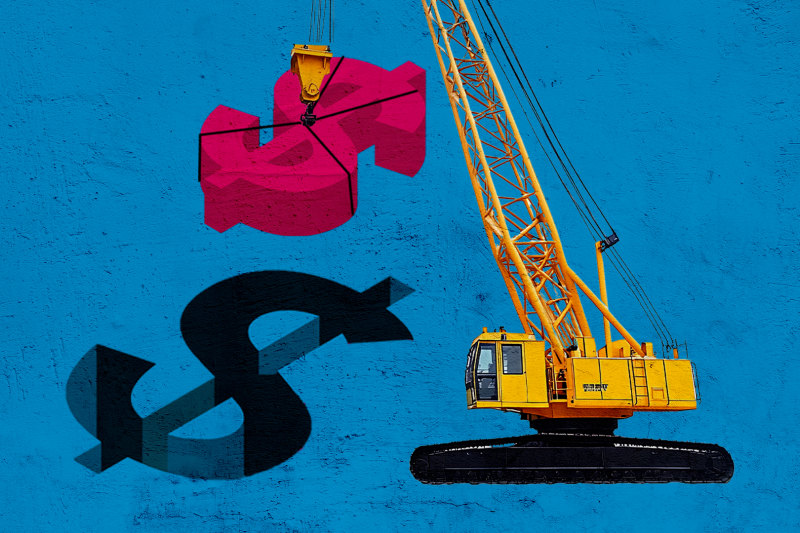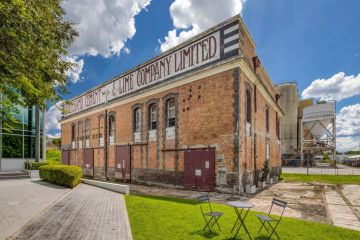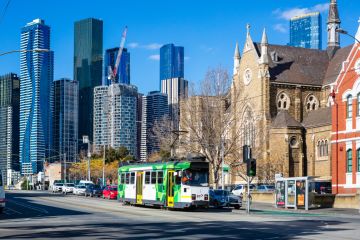The golden rules: How to build an investment property portfolio that will earn you money

Stories of savvy investors acquiring numerous properties and generating a passive income are enough to inspire homeowners to look for ways to put their equity to work by building an investment portfolio.
After all, investing in real estate is how many of Australia’s wealthiest people have made their fortunes.
But it’s not just a matter of buying as many properties as possible.
And when it comes to real estate investment, less rather than more may be a wiser approach.
Leveraging equity to build wealth
As a property increases in value and the owner pays off more of their loan, the difference between the value and the loan increases.
Homeowners can access this equity by refinancing, increasing the size of their loan and using the funds they have freed up as a deposit on an investment property.
Ideally, rent from the investment property covers the bulk of loan repayments and the new property continues to grow in value, allowing the investor to employ this strategy again further down the line.
“Building equity in a property is key,” Wakelin Property Advisory director Jarrod McCabe says.
“A capital growth strategy is a great way to build a portfolio because it continues to grow equity for you.”
Investors targeting growth properties need to ensure any shortfall in repayments can still be met, especially when household expenses or interest rates rise.
“Typically what we find is properties have strong capital growth or a strong rental yield, but they won’t do both,” McCabe says.
“When you are focusing on blue-chip assets, the rental return is going to be less, so there’s going to be a bigger difference between rent and repayments.”
How to make a strong start
The first investment property forms the cornerstone of a strong portfolio, according to Mayfield Property Buyers director John Carew.
“The biggest risk in property investment is asset selection,” he says. “If you buy the wrong asset, the costs of unwinding it are really high.”
Regional areas may offer high rental yields and low prices but long-term growth can be subdued if an area lacks the economic drivers underpinning capital cities, such as a wider range of employment drivers, higher household income and greater infrastructure development.
“Everyone wants cash flow, but what really generates wealth in property over the longer term is capital growth,” Carew says. “For most investors it’s a better way to go rather than focusing on a high yield.”
Investors already holding a lacklustre investment property shouldn’t hesitate to sell if it has proven to be a long-term underperformer. “People get that first one or two wrong and then they’re stuck,” Carew says.
“You’re probably better to liquefy that position and then move into a better asset.”
Quality over quantity

Rookie investors should consider the long-term value of a property before buying. Photo: Stocksy
There isn’t a magic number for how many properties an investor should aim to have in their portfolio.
But according to buyers’ agent and Empower Wealth partner Bryce Holdaway, investors can use what he calls “the rule of 25” to determine the value of income-producing assets outside of the family home required to reach their passive income goal.
“The rule of 25 is a very simple way that you can work out how much you need to retire on,” he says, explaining that the rule assumes income-generating assets provide a 4 per cent annual return.
“Begin with the end in mind. Let’s say you want $2000 a week passive income to retire on. Roughly, $100,000 per year multiplied by 25 equals $2.5 million. It’s actually not how many properties you own but the value of those properties.”

Be selective when building your portfolio: Don’t fall for an inexpensive dud. Photo: Darrian Traynor
The prospect of owning a lot of affordable properties may sound appealing, but an investor has more to gain by owning one solid performer rather than several duds.
“Some people confuse activity with accomplishment,” Holdaway says. “All things being equal, I would say less is better.”
A portfolio of fewer, high-quality properties delivering strong capital growth may not deliver the short-term cash flow or even the supposed satisfaction of owning a lot of high yielding assets.
But the key to building wealth in real estate is focusing on the long term, and a growth strategy will prove its worth later in life when a strong portfolio delivering a passive income matters most.
We recommend
States
Capital Cities
Capital Cities - Rentals
Popular Areas
Allhomes
More







